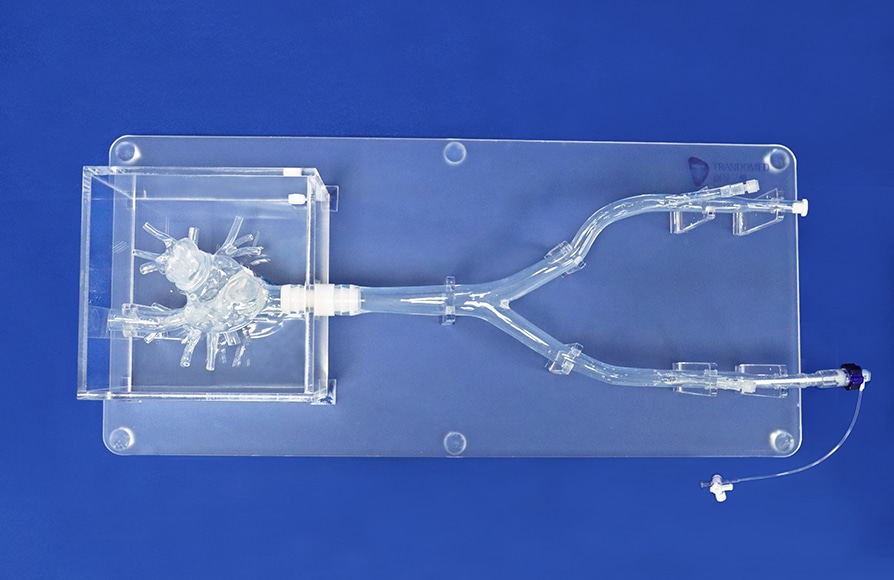
#Industry News
Advancements in Congenital Heart Disease
Left Atrial Appendage Closure Simulator
Introduction
Congenital heart disease (CHD) is a broad term encompassing a range of structural abnormalities in the heart that develop before birth. It is one of the most common types of birth defects and affects a significant number of infants worldwide. The treatment of CHD often involves complex interventions, requiring specialized techniques and instruments. The development of CHD models, specifically designed to simulate clinical procedures and aid in research and development of interventional instruments, has proven invaluable in improving patient outcomes. In this article, we explore the significance and recent advancements in CHD models.
Congenital Heart Disease
Congenital heart disease refers to structural malformations or abnormalities in the heart that are present at birth. These defects can affect the heart's chambers, valves, walls, or blood vessels. Depending on the severity and type of defect, CHD can lead to various symptoms, complications, and long-term health issues. Timely diagnosis, effective treatment, and ongoing management are crucial for optimizing outcomes in patients with CHD.
Congenital Heart Disease Models
Congenital heart disease models are anatomically accurate replicas of the human heart, specifically designed to simulate the infusion of instruments and the release of occluders and other devices at specific locations, such as the left atrial appendage. These models typically include the heart itself, the inferior vena cava, and associated access pathways.
Significance and Benefits of Congenital Heart Disease Models
a) Clinical Training: CHD models provide an invaluable platform for clinicians to practice and refine their skills in performing interventions for CHD. By simulating clinical scenarios, these models help train medical professionals in the safe and effective use of interventional instruments, thereby enhancing patient safety during actual procedures.
b) Research and Development: These models play a critical role in the research and development of interventional instruments and techniques for CHD treatment. They offer a controlled environment for evaluating device performance, testing new technologies, and refining procedural approaches. This enables innovation and improvement in CHD interventions, ultimately benefiting patients.
c) Testing and Validation: CHD models allow the testing and validation of various interventional instruments, including left atrial appendage occlusion devices, commonly used in CHD treatment. By simulating the specific anatomy and physiological conditions, these models enable the assessment of device compatibility, performance, and safety before clinical implementation.
Recent Advancements in Congenital Heart Disease Models
In recent years, there have been notable advancements in CHD models, including the following:
a) Patient-Specific Models: With advancements in medical imaging and 3D printing technology, patient-specific CHD models can be created. These models are based on individual patient anatomy, allowing clinicians to tailor treatment strategies and practice interventions specific to each patient's unique condition.
b) Hemodynamic Simulation: Incorporating fluid dynamics and computational modeling, CHD models can simulate blood flow patterns and hemodynamic changes within the heart. This helps in understanding the impact of interventions on blood flow, ensuring optimal procedural planning, and minimizing complications.
c) Multi-Modality Integration: CHD models can be integrated with various imaging modalities, such as ultrasound or fluoroscopy, to provide real-time guidance and feedback during simulated procedures. This enhances the realism and effectiveness of training and research conducted on these models.
Conclusion
Congenital heart disease models have revolutionized the field of CHD treatment and research, offering clinicians and researchers a valuable tool for training, innovation, and development of interventional techniques and instruments. By simulating clinical scenarios and patient-specific anatomy, these models enhance patient safety, improve outcomes, and advance the field of congenital heart disease interventions. Continued advancements in CHD models hold great promise for further improving treatments and outcomes for patients with these complex conditions.





